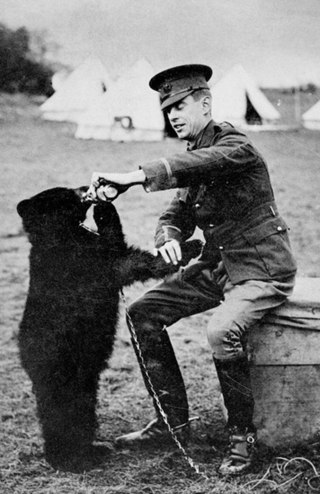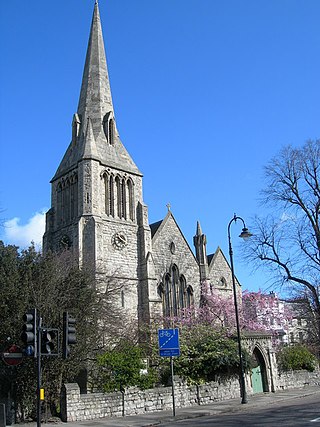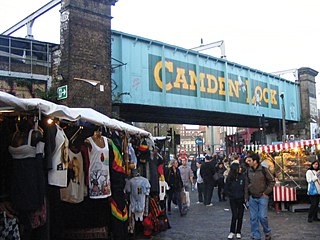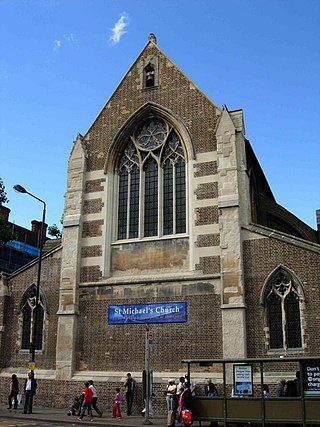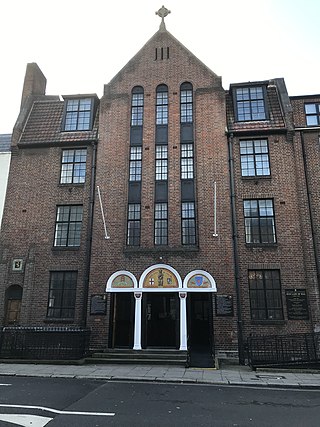Self-guided Sightseeing Tour #19 in London, United Kingdom
Legend
Tour Facts
2.9 km
44 m
Experience London in United Kingdom in a whole new way with our free self-guided sightseeing tour. This site not only offers you practical information and insider tips, but also a rich variety of activities and sights you shouldn't miss. Whether you love art and culture, want to explore historical sites or simply want to experience the vibrant atmosphere of a lively city - you'll find everything you need for your personal adventure here.
Activities in LondonIndividual Sights in LondonSight 1: Guy the Gorilla
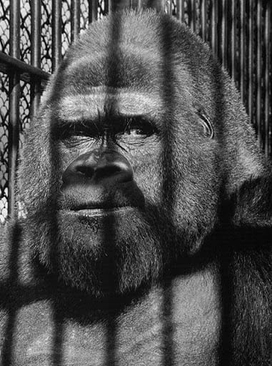
Guy the Gorilla (1946–1978) was a western lowland gorilla who was London Zoo's most famous resident and often profiled on children's TV shows and natural history productions. The exact day of Guy's birth was unknown, but his official birthday was set by the Zoo as May 30, and he received large numbers of cards each year.
Sight 2: Winnie the Bear
Winnipeg, or Winnie, was the name given to a female black bear that lived at London Zoo from 1915 until her death in 1934. Rescued by cavalry veterinarian Harry Colebourn, Winnie is best-remembered for inspiring the name of A. A. Milne and E. H. Shepard's character, Winnie-the-Pooh.
Sight 3: St Mark's Church
St. Mark's Church is located in the Borough of Camden, London, near Regent's Park on Prince Albert Road and Regent's Park Road in Primrose Hill. Built in 1851-2, it was consecrated in 1853 and belongs to the Diocese of London within the Church of England. Originally designed by Thomas Little, alterations in 1888-90 were made by Arthur Blomfield, it is constructed of Kentish ragstone in the early English style.
Sight 4: Camden Lock Market
The Camden markets are a number of adjoining large retail markets, often collectively referred to as Camden Market or Camden Lock, located in the historic former Pickfords stables, in Camden Town, London. It is situated north of the Hampstead Road Lock of the Regent's Canal. Famed for their cosmopolitan image, products sold on the stalls include crafts, clothing, books, bric-a-brac, and fast food. It is the fourth-most popular visitor attraction in London, attracting approximately 250,000 people each week.
Sight 5: St. Michael's Camden Town
St Michael's Church is the principal Anglican church for Camden Town in north London. The present building, built in the late 19th century, was designed by George Frederick Bodley and Thomas Garner in a Gothic Revival style.
Wikipedia: St Michael's Church, Camden Town (EN), Website, Url, Heritage Website
Sight 6: Our Lady of Hal
Our Lady of Hal is the Catholic parish church for the Camden Town area of London. The church was completed in 1933, and was under the authority of the Missionary Fathers of Scheut in Belgium until it came under the Catholic Diocese of Westminster in 1982. The church is the site for the English shrine to Our Lady of Hal, a medieval statue believed to be miraculous, in Halle, Belgium.
Wikipedia: Church of Our Lady of Hal, Camden Town (EN), Website
Sight 7: The Jazz Cafe
The Jazz Cafe is a music venue in Camden Town, London. It opened in 1990 on the former premises of a branch of Barclays Bank and has had several owners throughout its history as a music venue.
Share
How likely are you to recommend us?
Disclaimer Please be aware of your surroundings and do not enter private property. We are not liable for any damages that occur during the tours.
GPX-Download For navigation apps and GPS devices you can download the tour as a GPX file.
